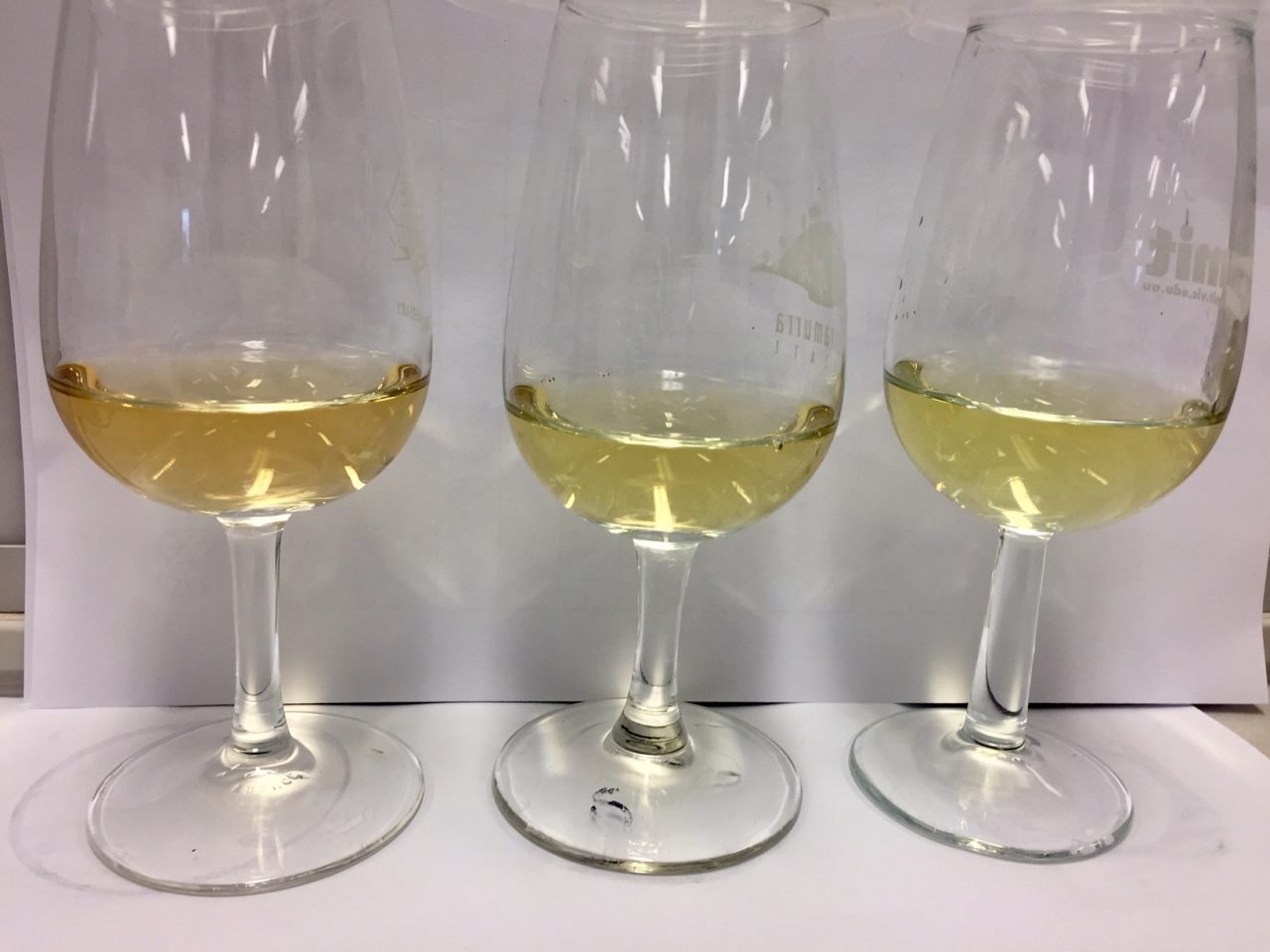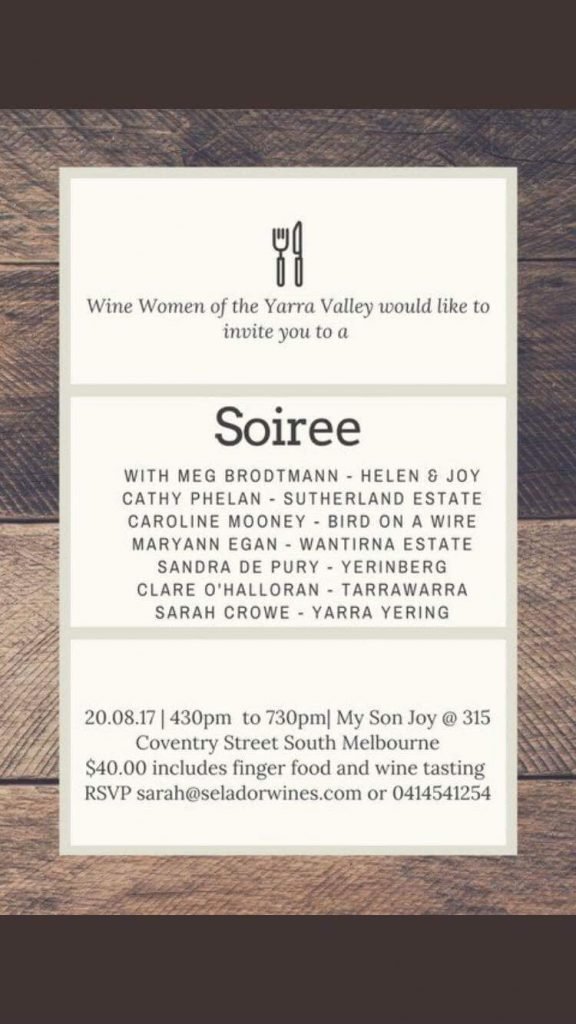 Actually on campus; this week I was mostly in lectures, practical experiments and tasting workshops. Definitely a steep learning curve, but I am loving this semester so far.
Actually on campus; this week I was mostly in lectures, practical experiments and tasting workshops. Definitely a steep learning curve, but I am loving this semester so far.
Extra-curricular activities included a wine pairing dinner with friends and an amazing evening tasting. The event was hosted by the Wine Women of the Yarra Valley. It never ceases to amaze me that, despite feeling huge sometimes, the wine industry in Victoria feels so close knit and supportive.
Top 3 things I have learnt this week:
1. Tasting workshop highlights
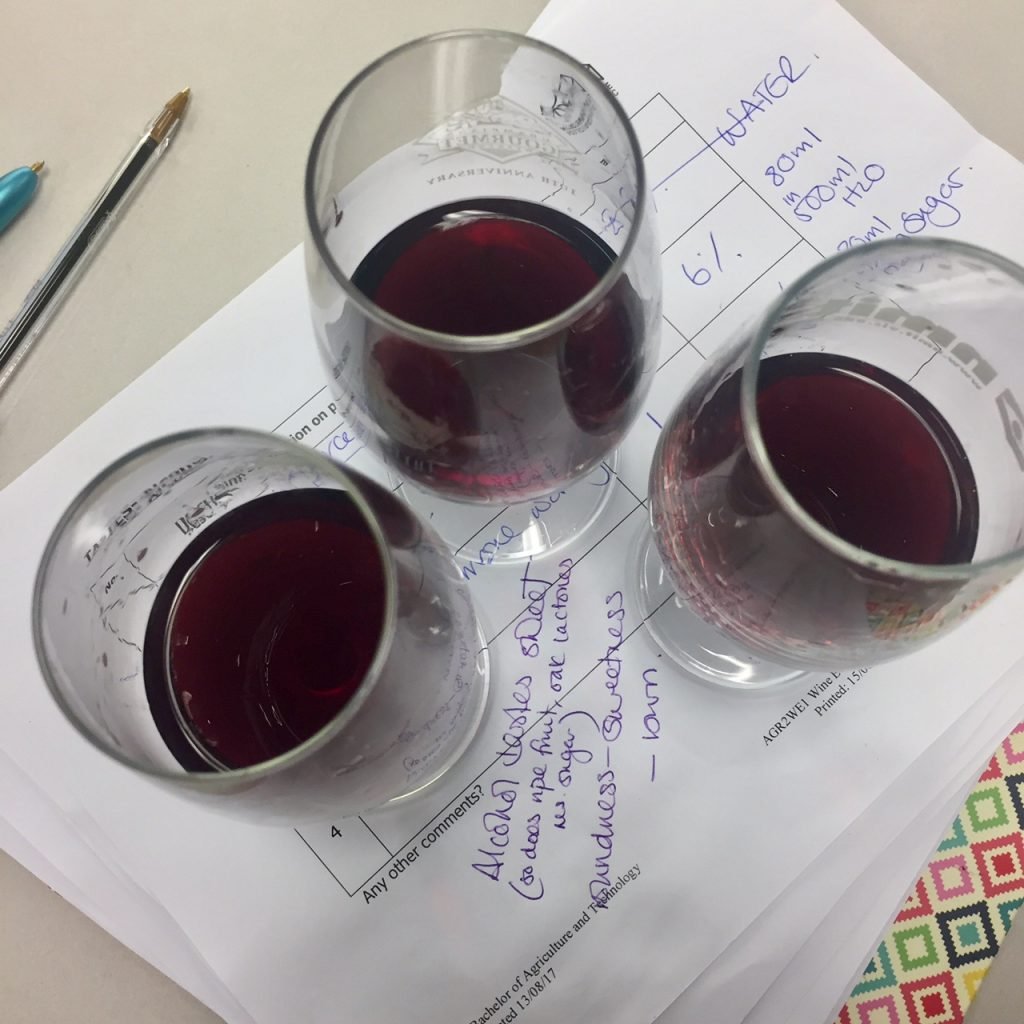
Evaluating alcohol content
Tuesday was a full-day wine evaluation workshop. Every aspect of our tasting sensitivities and perceptions was tested. Our palates were trained to pick out the key flavour groups (salt, sugar, umami, bitter, tannin, acid and alcohol), first in water then in wine. After this we were presented with various combinations. Each activity helped us to personally analyse where each flavour was experienced on our palates. We also ascertained how sensitive we are to them. The affect of temperature on the flavour profile of wine was also investigated.
Preconceptions
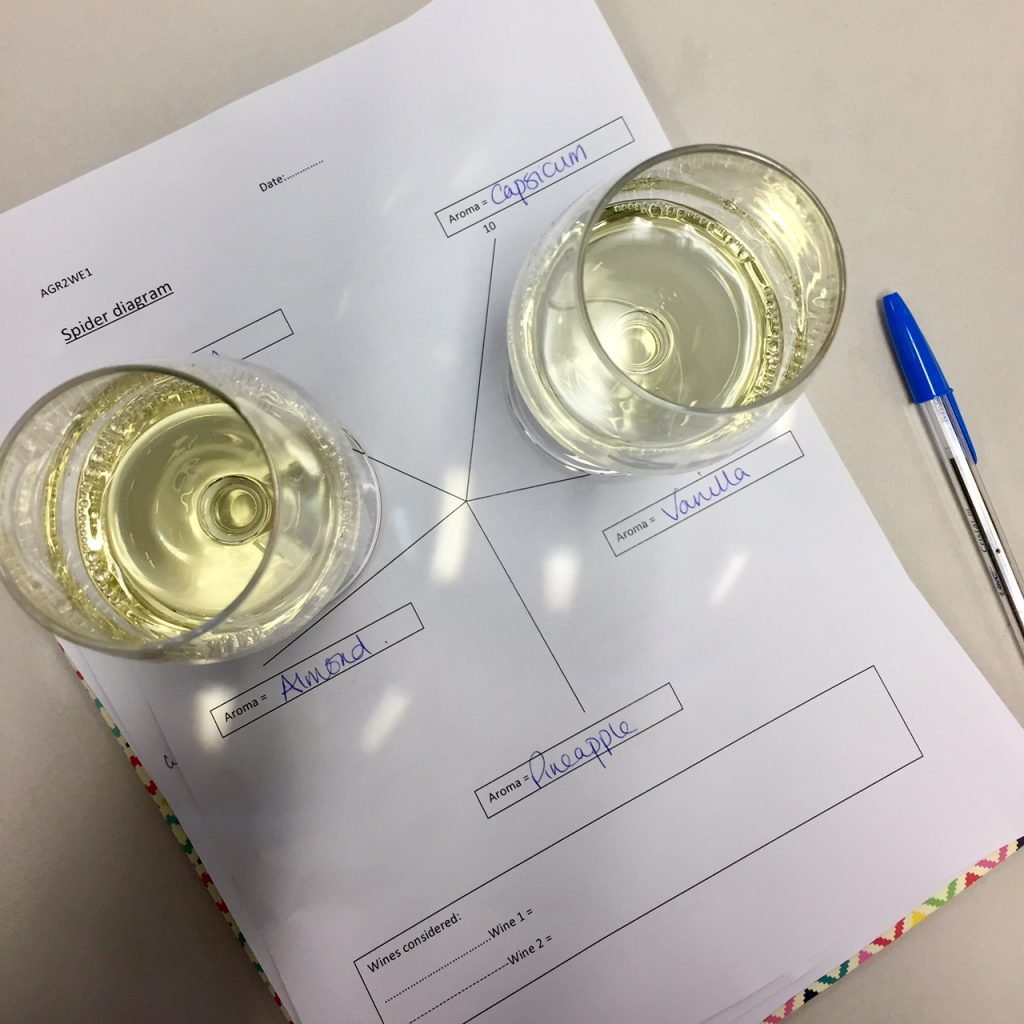
Representing wine aromas with a spider diagram – before
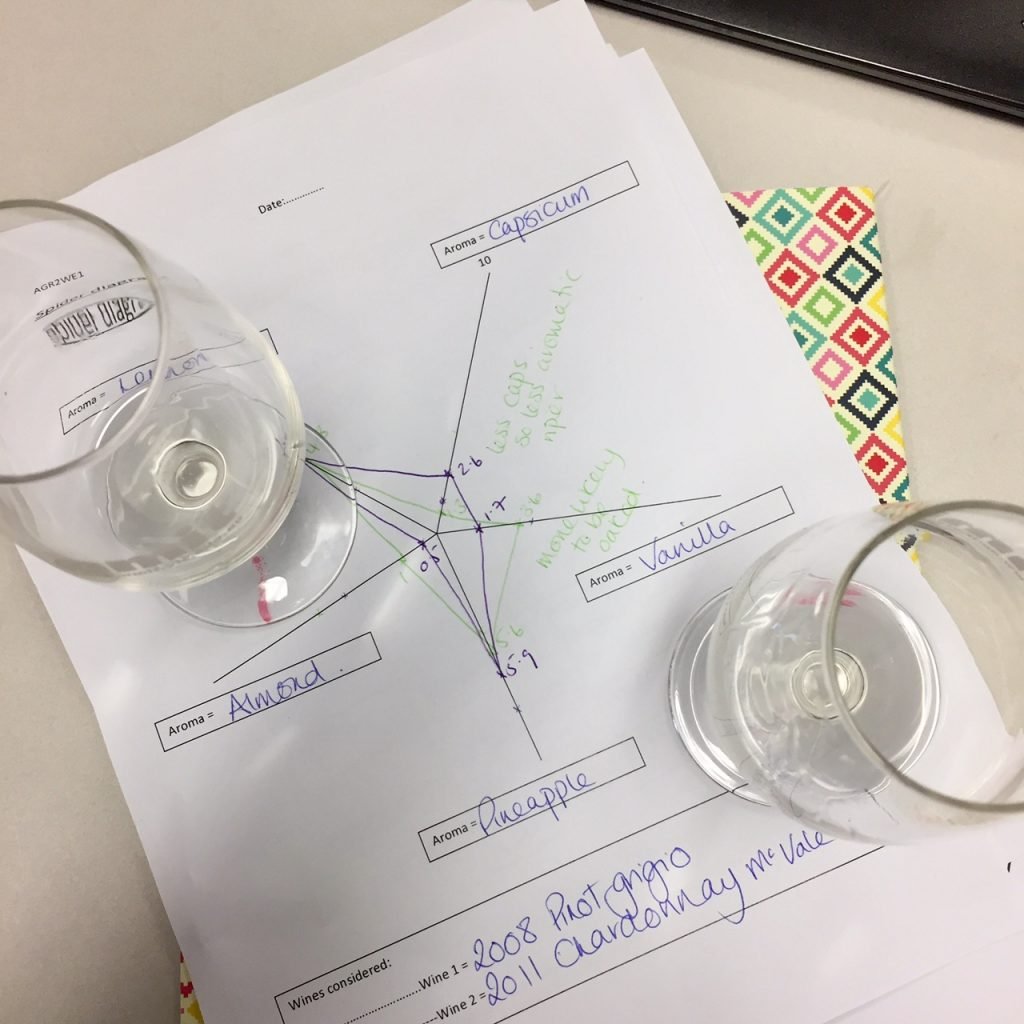
After
Preconceptions about wine based on colour, aroma and production are common in wine tasting. This was demonstrated most elegantly in one activity: Three glasses of white wine (each covered with a lid so we couldn’t smell them), were presented to us. See main image. We first had to make a judgement on how we thought the wines would smell and taste based on their appearance only. Then after tasting each of the wines, we were asked to share how accurate our judgements were and the differences between them. Often sweeter wines or wines that have been aged (especially in oak) are associated with darker yellow colours in white wines. This was reflected in our pre-judgements.
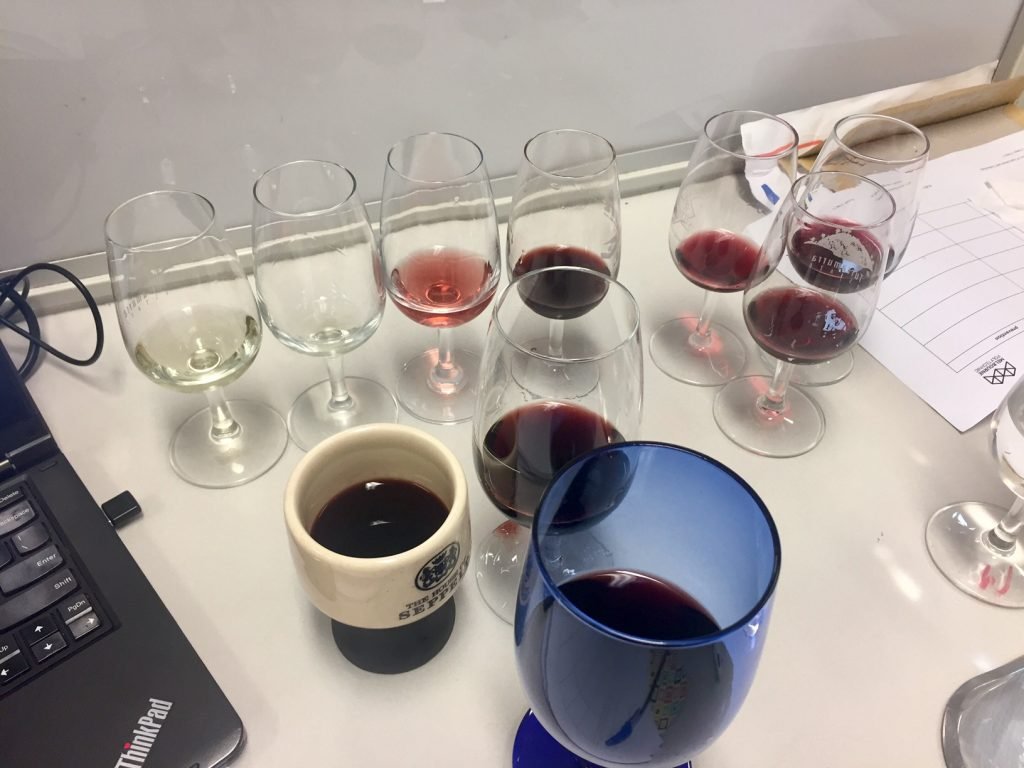
Evaluating the difference made by the wine vessel
Post-tasting, we got stuck into describing the wines. To any newcomer, they may have sounded quite different, as expected from their colours. I must mention at this point that I thought they all had a touch of passion fruit. Despite this, like the rest of my class, I was fooled. To our horror, at the big reveal, we were shown the single cask that was the origin of all three wines. They were the same (bar a drop or two of food colouring)! Ouch. A little red-faced, we conceded that it is very easy for your brain to trick your senses and that we all have a little more work to do staying true to our sensory perception.
2. Wine is a great buffer
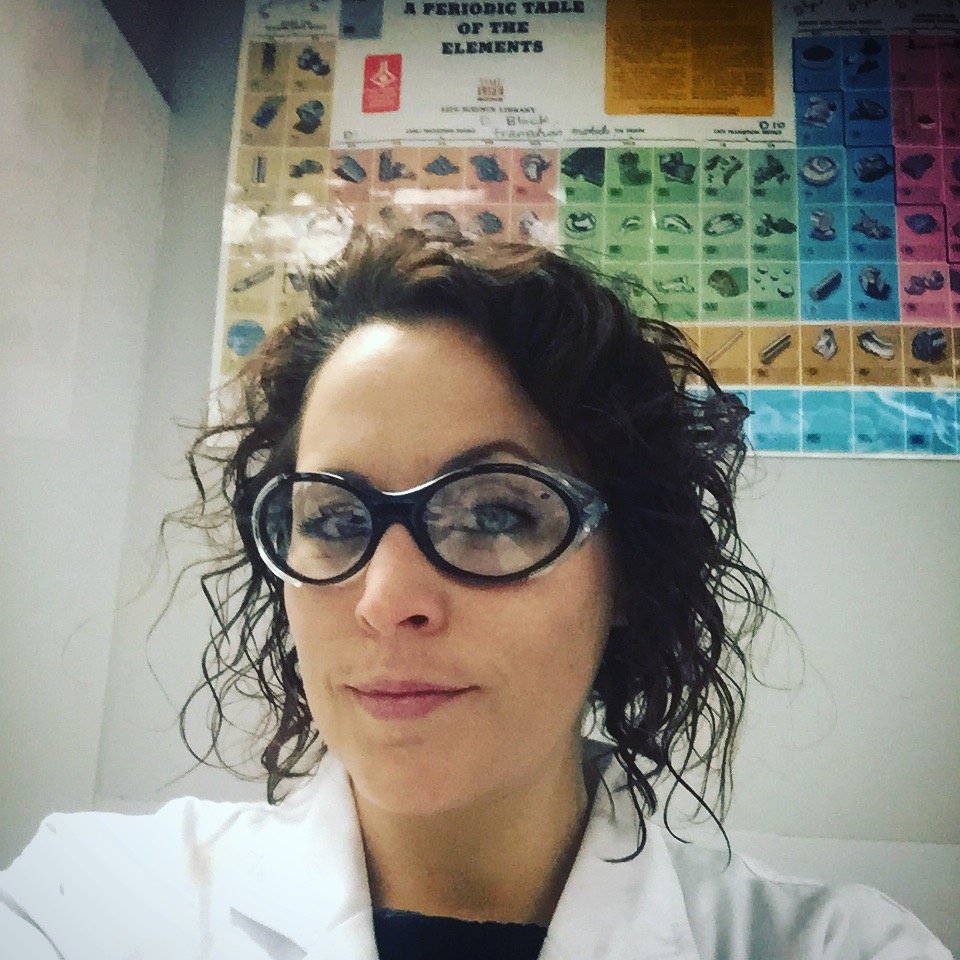
Wine nerd
Buffers in biochemical terms, are substances that resist a change in pH. That means that if acids or bases are added to them, they do not have such marked effect as they would in say, water. Blood is one such substance. Carbon dioxide, exported from the body via the blood, is an acid gas. However, instead of making your blood more acidic, which would have a whole host of unwanted effects, your blood buffers the pH change. A major experiment of our Wine Chemistry practical workshop on Friday was making and testing buffers.
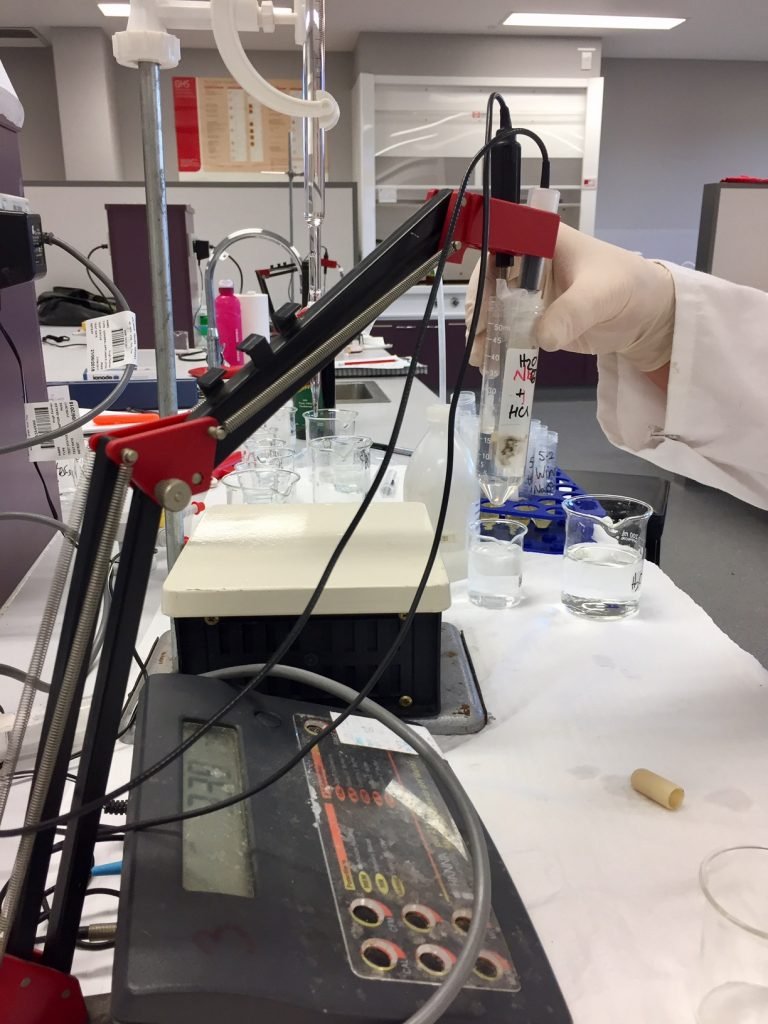
Testing the pH
Most interesting of our findings was that wine is actually a very good buffer. Just a couple of drops of acid and alkali changed the pH of water dramatically. However, when added to three buffers we had made, the pH barely changed. The last part of this experiment was to contrast these findings with the result of adding a couple of drops of each to wine. It was concluded that wine was a good buffer as it too resisted pH changes significantly better than water. This is just another reminder that wine is an ever evolving organic soup of reactions.
3. Cuttings
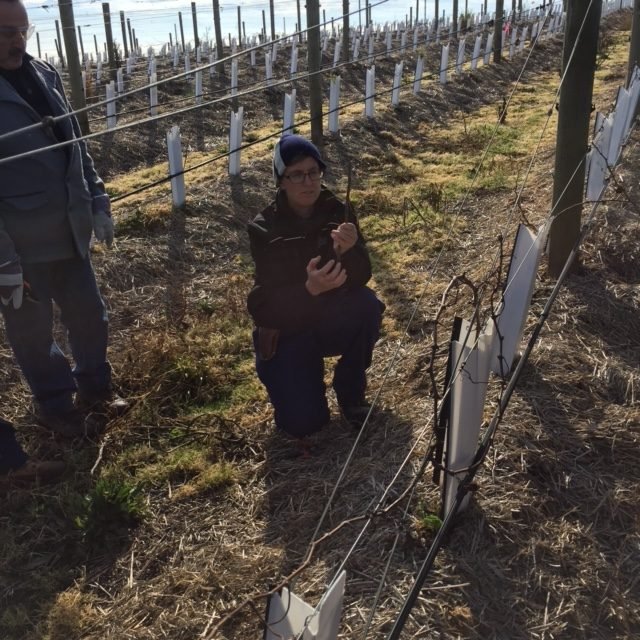
Cutting demo
Over the last few weeks I have casually mentioned clones and rootstocks etc. especially when referring to the viticulture units I am studying. But, I did not mention how amazed I am at how easy it is to clone a vine!
If you want a clone of your favourite vine you simply need to take a cutting. Any pencil-thick one year old canes can be used. Simply cutting a section of approximately 30 cm with around three good nodes from close to the base of the cane will yield your cutting – or clone. Some rooting reagent or simply a quick dip in honey, is often enough to induce callousing (or the initiation of root growth). Next thing you know, you have a clone. However, care must be taken where the parent vine was on American rootstocks. The cloned vine will be all Vitis. vinifera and once again vulnerable to pests like phylloxera unless grafted itself onto an alternative root portion.
What is in store for next week:
Lots of online learning next week. Though, Friday, Saturday and Sunday will be spent eyes deep in a massive Vine Physiology and Grape Production workshop. This unit is mostly taught online – so it will be great to catch up with everyone. Wiping out a weekend will curtail my social wining somewhat! However, I am rather excited about a bottle of Kalleske Tempranillo that I need to review this week.
Thank you so much for reading – see you next week…

